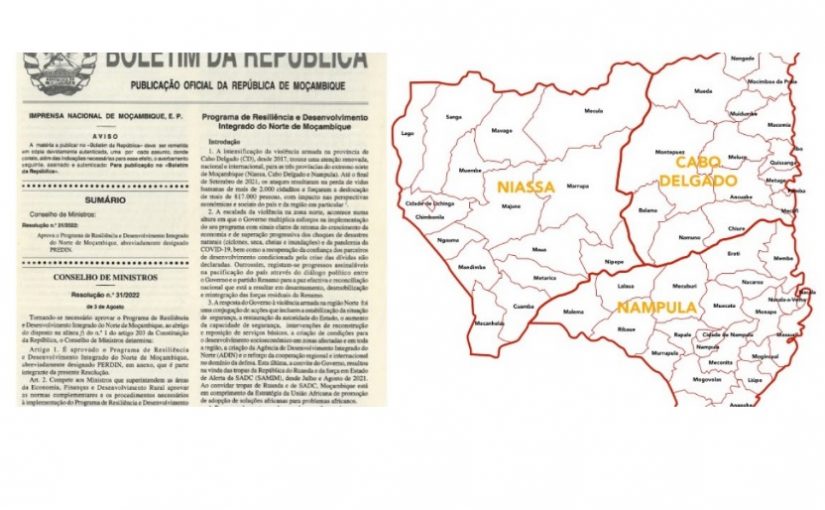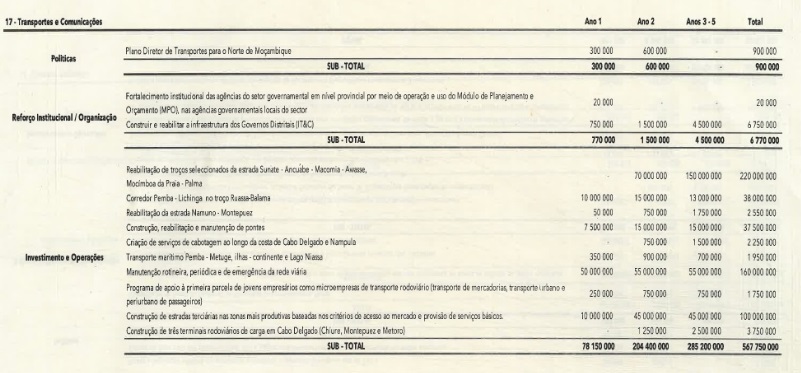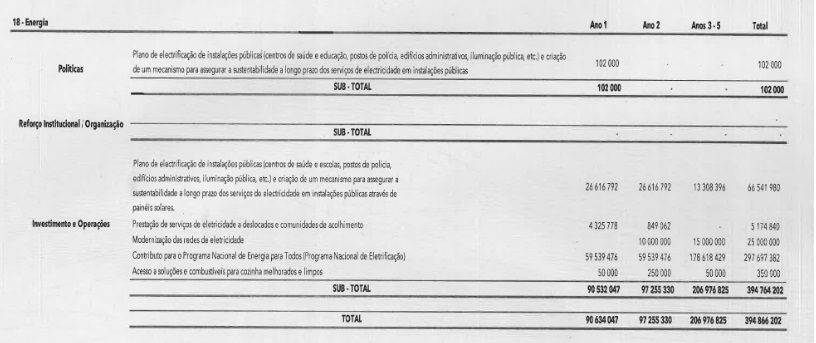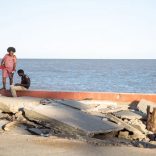Mozambique: State hopes to reduce public debt to 67.6% of GDP in 2025
Northern Resilience and Integrated Development Program kicks off during election campaigning in Mozambique – @Verdade

Image: A Verdade
With the aim of “promoting the recovery and resumption of basic conditions for economic and social development” in the provinces of Cabo Delgado, Niassa and Nampula, the Northern Mozambique Resilience and Integrated Development Program (PREDIN) has finally been approved.
Without admitting that poverty and the marginalization of young people are among the causes of terrorism, the Government has quantified PREDIN at US$2.4 billion dollars. This will start to be spent in the next two electoral years – mainly on transport, communications, and on President Filipe Nyusi’s “Energy for All” initiative.
With an expected initial duration of seven years, PREDIN should only begin to be implemented in 2023, at the beginning of a new electoral cycle in Mozambique. It does not identify the main causes of the terrorism that has since 2017 affected the northern region, recognizing only that “youth is potentially at the epicentre of the conflict, and constitutes per se a decisive part of its solution”, and that “women and girls represent approximately 52 percent of the population of the northern region, and are therefore fundamental actors in the socio-economic life of the northern region”.
The PREDIN Action Plan, approved by the Council of Ministers on the 21st of June but only formalised in the Boletim da República {Government Gazette] at the beginning of August, “has a total value of 157,461,535,747 Meticais (US$2,491,479,996)”. This figure breaks down “into three components: policies, institutional strengthening and investments/operations”. The budget, structured on a long-term impact scenario, is divided into three time periods: “(i) first year, (ii) second year and (iii) years three to five”.
However, visible activities will only start during campaigning for the 2023 municipal elections, as the next six months will see preparatory tasks, such as the elaboration of “action plans for each province” and the “first meeting of the Northern Regional Forum” taking place.
However, @Verdade has learned that the largest slice of PREDIN spending will be allocated to the Transport and Communications sector, particularly the rehabilitation of the Sunate/Ancuabe/Macomia/Awasse road, and to routine maintenance of the road network and the construction of tertiary roads “in the most productive areas”.
Although based on the pillars of “Restoration and consolidation of peace and security; Good governance and increased civic space; and Recovery, reconstruction and socio-economic development and resilience”, a second significant spending quota has been directed towards the presidential “Energy for All” initiative.
Only about 10 percent of the PREDIN funds have been allocated to education, with most of that expected to be spent on “increasing regional equity in education spending in Mozambique’s provinces” and on school meals.
Another 10 percent is earmarked for the Health sector, focusing on “nutritional intervention packages, implementation of sexual and reproductive health services particularly for adolescents, [addressing] gender-based violence and services for victims of sexual exploitation and abuse, mental health support and supporting the implementation of emergency preparedness mechanisms”.
To be supervised and coordinated by the Northern Development Agency (ADIN) – which is now under the tutelage not only of Minister Celso Correia, but also of Minister Ernesto Max Tonela – the Resilience and Integrated Development Program of Northern Mozambique foresees only 2.5 percent of its budget being spent on “Social Protection and Food Security”.
By Adérito Caldeira















Leave a Reply
Be the First to Comment!
You must be logged in to post a comment.
You must be logged in to post a comment.